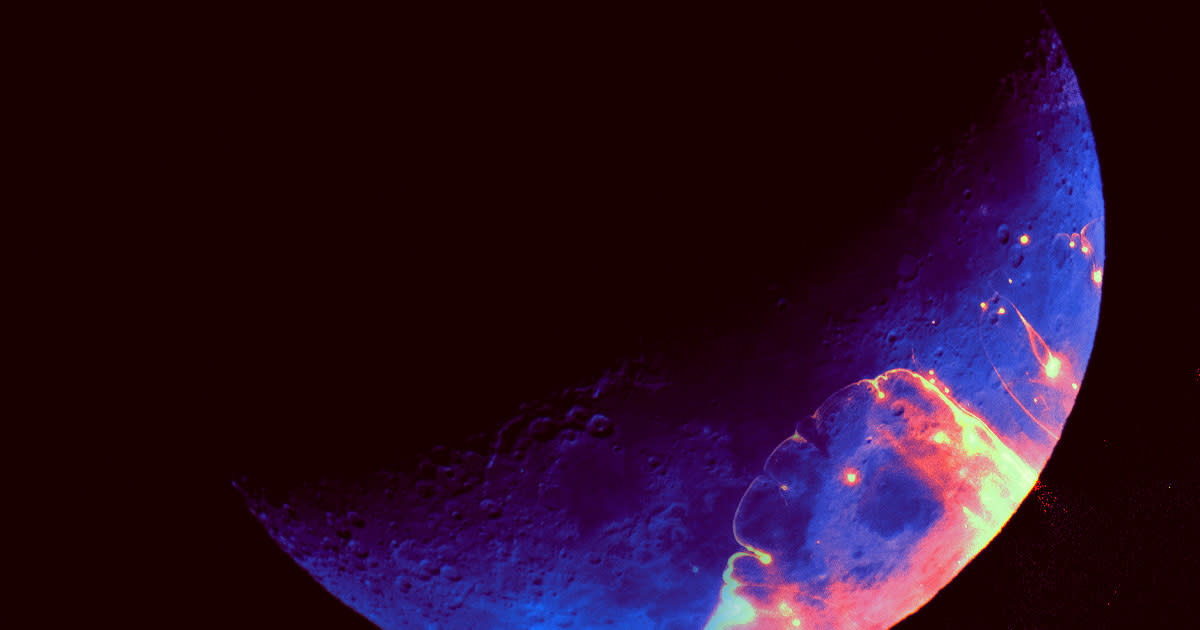China Lands on Dark Side of the Moon, Prepares to Gather Loot and Return to Earth

Going Dark
China has just successfully scored its latest forte in the space race after landing on the Moon's dark side for the second time.
As Space.com reports, China's Chang'e robotic lander has successfully touched down on the Moon's Apollo crater.
Notably, this is the second time a Chang'e mission — aptly named for the Chinese goddess of the Moon — has landed on the side of our natural satellite that faces away from Earth. Back in early 2019, the program's fourth iteration made history as the world's first soft landing on the so-called "dark side of the Moon," which is the half that always faces away from Earth.
China is now attempting to make history once again with Chang'e 6, which is slated to scoop up rocks from the Moon's dark side and take off again to return home. While there have been previous missions to bring back lunar samples, none have done so from the far side of the Moon, making this attempt unprecedented.
After taking off from Earth at the beginning of May and landing over the weekend, the latest Chang'e rover will, as Reuters explains, have a brief 14-hour window to collect about 4.4 pounds of rock samples. Those space rocks will then be launched with a special rocket that will rendezvous with the mission's orbiter, which is currently cruising around the Moon. Soon after, the orbiter will schlep back down to Earth with samples in tow.
Unsolved Mysteries
There remain many mysteries about the Moon's far side. One is why the side that faces our planet has lots of volcanic seas known as "marias," while the far side does not.
With these samples from Chang'e 6, scientists are hopeful to learn more about our strange satellite — and perhaps about the origins of our solar system.
As the European Space Agency's lunar science head James Carpenter explained to Reuters, the samples collected on the Moon's near side during the Apollo missions back in the 1970s suggested that some of its craters were the result of heavy asteroid collisions. Getting samples from the Apollo crater on the Moon's other side will hopefully tell the other side of that story.
"This is a really core event in the history of the whole solar system, but there is some controversy about whether it happened or not," Carpenter said. "To understand that, you need to anchor those events, and that's going to be done with samples from the lunar far side."
More on the Moon: Scientist Terrified Astronauts Might Be Shredded by Sandblasts on the Moon


